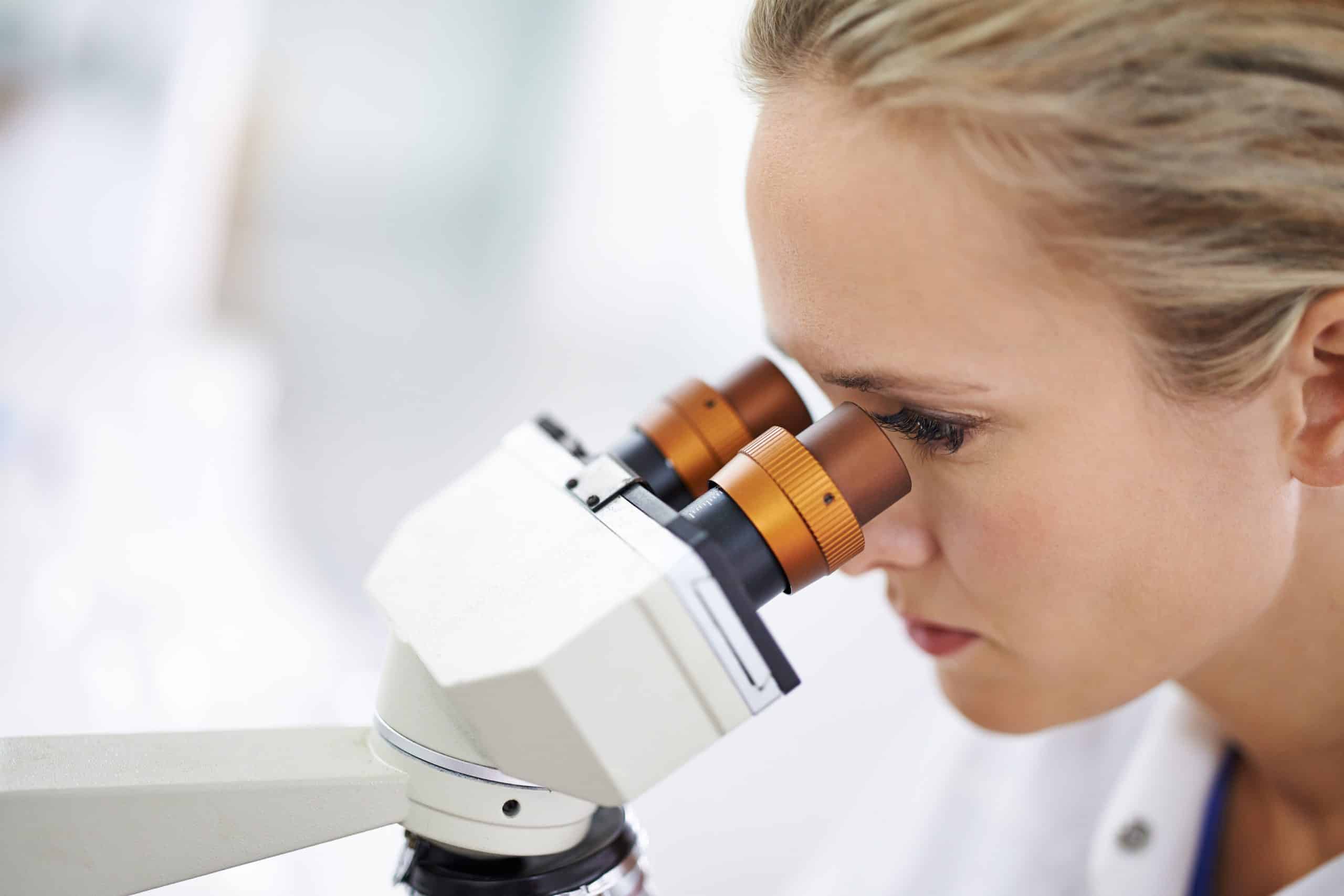Symptoms & causes of T1D

Symptoms of type 1 diabetes
Not everyone experiences the same symptoms of type 1 diabetes, but for many people the first signs include the ‘4 Ts’:
- Thirsty – One of the first early symptoms of type 1 diabetes is increased thirst. Dehydration can lead to nausea, dizziness, headaches, fainting and diabetic ketoacidosis (DKA).
- Thinner – If your body is losing sugar in your urine instead of absorbing it, you’ll lose weight because your body isn’t getting enough calories from the food you eat. Consequently, you may end up looking thinner than usual.
- Toilet – Frequent urination (polyuria) occurs when there is excess sugar in the blood. Normally, when your kidneys create urine, they reabsorb all the sugar and direct it back to the bloodstream. With T1D, excess glucose ends up in the kidneys where it pulls more water and results in more urine. That’s why it’s important to keep an eye out for more frequent bathroom breaks, bed wetting by a previously dry child, or heavier nappies in babies.
- Tired – Feeling more tired than usual or having no energy is a common sign of type 1 diabetes.
Other type 1 diabetes symptoms include:
- Fruity breath – High level of ketones in the blood can lead to an unusual wine-like odour in your breath. It might be sweet smelling or like fruit.
- Blurred vision – High levels of blood sugar pulls fluid from your tissues, including the lenses of your eyes. This affects your ability to focus.
- Diabetic ketoacidosis – Having very high blood-glucose levels for an extended time can lead to diabetic ketoacidosis (DKA). DKA happens when the body starts to burn fat and body tissue for energy.
If you’re concerned about any symptoms or think that you might have type 1 diabetes, contact your doctor. They can perform a simple test to diagnose type 1 diabetes.
Diabetic ketoacidosis (DKA)
Diabetic ketoacidosis (DKA) is a serious complication of high blood sugar, often due to having undiagnosed T1D. When blood sugar is very high, such as when there isn’t enough insulin in the body to process sugar, toxic acids called ketones build up and cause side effects.
DKA is an emergency and can be life-threatening if not treated by a doctor as soon as possible. Symptoms of DKA include heavy or rapid breathing, nausea and vomiting, excessive thirst, stomach pains and confusion or unconsciousness. If you are experiencing these symptoms, you should contact your doctor or go to a hospital immediately.
Type 1 diabetes causes
There’s an enormous amount of research into what causes type 1 diabetes, but it’s likely that there are a large number of factors involved.
Here’s what we know about what might cause type 1 diabetes:
- Type 1 diabetes is caused by destruction of the beta cells in the pancreas by a person’s own immune system
- Something triggered your immune system to attack your beta cells. It’s likely that there are many different triggers, rather than one simple cause
- Researchers are looking at many possible triggers, such as viral infections, bacteria in our gut, or even our genes
- Diet and lifestyle are NOT factors in the onset of T1D
- T1D develops in stages, and changes in the body begin before symptoms appear
- A large number of genes have been identified as increasing a person’s risk of developing T1D, but genes are only part of the cause
- 90% of people living with T1D have no family history of the condition, but having a family history does put people at higher risk of developing T1D

I am interested in hearing more about…
